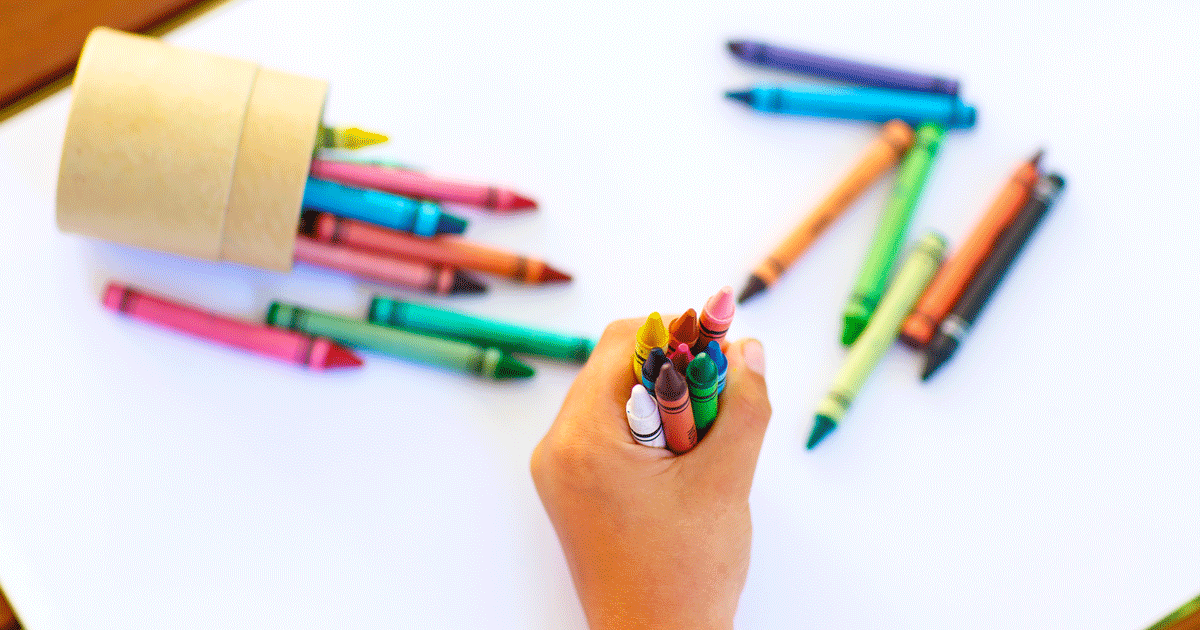Readers of MFI ![]() will know we have all recently read (or in some cases, re-read) Becoming Brilliant, which makes a strong case that the skills our children will need to be successful in the future are much broader than those taught on a standardized test. Most professionals could probably reflect on these skills and identify how they have been important for them. These are skills you don’t learn in a single lesson—they are developed, truly, over a lifetime. But you may also be able to reflect on particular moments where you learned something new about how to collaborate or communicate more effectively. (For a quick Becoming Brilliant primer, in lieu of reading the entire book, click here.)
will know we have all recently read (or in some cases, re-read) Becoming Brilliant, which makes a strong case that the skills our children will need to be successful in the future are much broader than those taught on a standardized test. Most professionals could probably reflect on these skills and identify how they have been important for them. These are skills you don’t learn in a single lesson—they are developed, truly, over a lifetime. But you may also be able to reflect on particular moments where you learned something new about how to collaborate or communicate more effectively. (For a quick Becoming Brilliant primer, in lieu of reading the entire book, click here.)
As I read, I tried to reflect on where in my education I learned key lessons toward building these skills.
One of the six skills the authors identify is collaboration. As a professional, I know that my work is strongest when I solicit ideas and feedback from colleagues before it’s finished—and for large projects, at multiple points along the way. Part of being collaborative is being able to listen dispassionately to feedback without defensiveness. Being too married to your work can stifle your own learning and opportunities to improve. When working on a team, I try to listen hard to the perspectives of team members and make sure I don’t miss the best ideas.
I remember one of the first times when it didn’t sting to find out that my idea wasn’t the best one (I’m an oldest child, so this lesson might have come a little late for me).
In my 8th grade art class at Clarkston Middle School, we embarked on a collaborative undertaking, to design and create a mural for the school—each student would create one of the tiles in the mural. Everyone submitted a design idea and the class discussed the ideas and then chose which we would pursue. I thought that my idea was pretty great: each tile would be a cross-section of a different piece of fruit. I remember vividly how this looked in my mind—bright and colorful.
But, my idea was not selected. And I was surprised when… it didn’t hurt. I was a part of a team that made a beautiful mural of a tiger fish, with each tile integral to the total picture.
That’s because our teacher, John Post, had created a collaborative environment. He treated kids like people, and wanted us to feel like artists. And artists want to learn and create better and more interesting work, and they practice giving and receiving feedback in a way that improves the work and isn’t judgmental of the person. Mr. Post also thought seriously about what it means to create art and when he taught you, it felt like you deserved that serious approach. It made the content feel relevant because in that space, you weren’t just a kid, you were an artist.
How much of your elementary school education do you remember? How many projects do you remember that you didn’t even make—they were just ideas in your head?
In reflecting on this lesson, I decided to reach out to Mr. Post, who I have occasionally kept in touch with in the 20+ years since I was in his class. I told him that I had a feeling that so may of the skills covered in Becoming Brilliant—the skills kids need to be successful—were a conscious part of what he was teaching us when he was teaching us art.
He was game to participate in a conversation about this for me to share here. And where we started was with his philosophy of teaching. If you want to see an example of a teacher thinking seriously about educating kids, I suggest you read all of it because, though it is written for an audience of educators, it will resonate with your best memories of school and learning. But here’s one excerpt on a practice he started long after I was in his class.
He describes how he experimented with doing student-led critiques of each other’s work in his class. He wasn’t sure they would work for kids as young as eight years old (some college students don’t know how to handle a critique), but he modeled how to do it. Here’s what he says:
I recently discussed with my 4th – 6th grade students what a critique is. I had them come up to the dry erase board, choose any art work made by another student and critique it by discussing these three questions…
- What is working in the art work?
- What is not working in the art work?
- What advice would you give this artist to improve it?
The kids were most often dead on in their critiques, saying just what I as the teacher was thinking in my head. They gave each other great feedback. This meant letting the kids talk for an entire class. I was thinking that the kids might not be able to sit still for a critique of everyone’s work (they are just 8-12 year-olds) yet one kid at the end of one of my classes said, “This was really fun.” To keep the entire class engaged during the critique, I let the kid giving the critique call on three students when he or she is done to make additional comments about the art work being critiqued.
Mr. Post goes on to explain the use of those three questions in a way that hits not only on collaboration, but on critical thinking and confidence as well: three of the six “Cs” in Becoming Brilliant.”
The most frequently asked question I get asked when a kid completes an art assignment is “Is this good?” During our critiques I tell them that when they ask me that question, they are asking me to make a value judgment about their art work. Do I like it or not? I tell them that I prefer to answer them using the three questions above so that they get useful feedback that they can use as information. Of course schools set kids up for the question “Is this good?” by telling them how to do everything. How to write their name on a paper, how to fill out the worksheet the right way, what is good ditto coloring etc. Then when they grow up, we want them to be creative and think on their own to solve problems. If you want kids to analyze art and become critical thinkers, you have to plan times for this to happen and build them into the lessons you teach.
Over my next few posts, I’ll be sharing some other excerpts—alongside my own memories—from my conversation with Mr. Post.
Keep in mind that this conversation is happening in the context of art becoming more and more “optional” as schools face ever-tightening budgets. I’ll be using the next few posts to discuss how, if we really care about what students need to be successful, art should not be an “extra,” but an essential.







